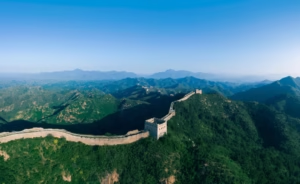The Great Ashoka: Rise of Legendary Leader
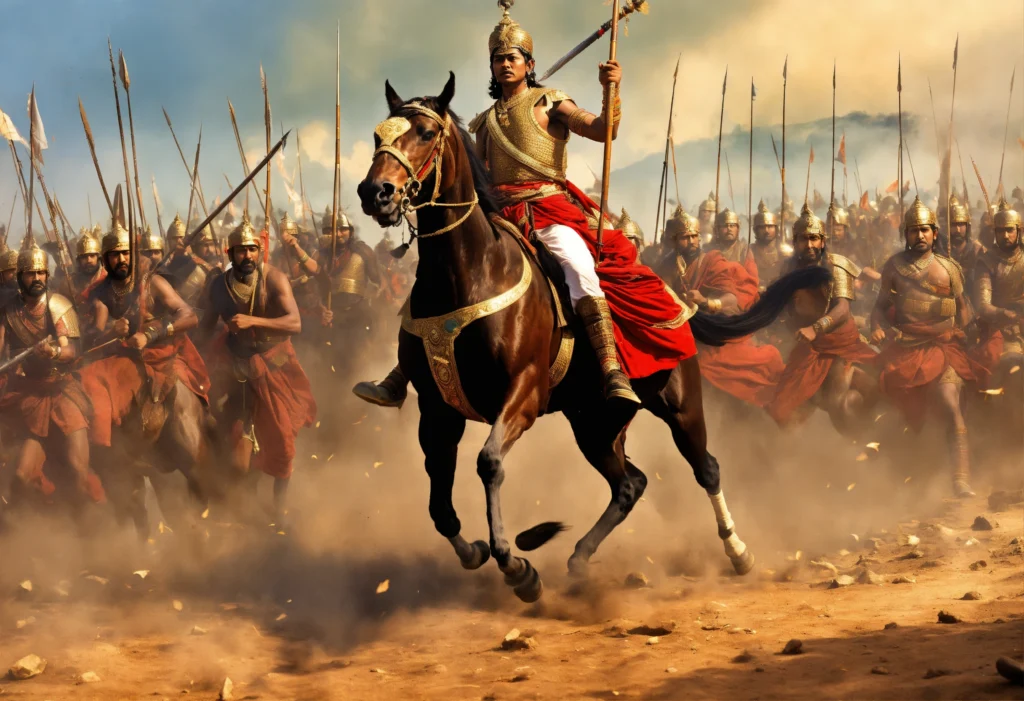
Introduction
Ashoka the Great was one of the most powerful and influential emperors in Indian history. He ruled the Maurya Empire in the 3rd century BCE and is remembered for both his great military conquests and his transformation into a kind and just ruler. His life teaches us that even the strongest warrior can choose peace, compassion, and non-violence.
This article will explore Ashoka’s life, his famous battles, especially the Kalinga War, and how he changed after that war to become a ruler loved by his people. We will also learn about his contributions to Buddhism and how he helped spread it across Asia.
Early Life of Ashoka
Ashoka was born around 304 BCE in Pataliputra (present-day Patna, Bihar). He was the grandson of Chandragupta Maurya, the founder of the Maurya Empire, and the son of Bindusara, the second Mauryan emperor. Ashoka’s mother was said to be Subhadrangi, although there are different stories about her.
Ashoka was a bright and brave young man. He was trained in military skills, politics, and administration. He was known for his sharp mind and leadership qualities. However, because he was not the eldest son, he was not expected to become emperor. Still, he proved himself by handling difficult situations and fighting in battles during his father’s rule.
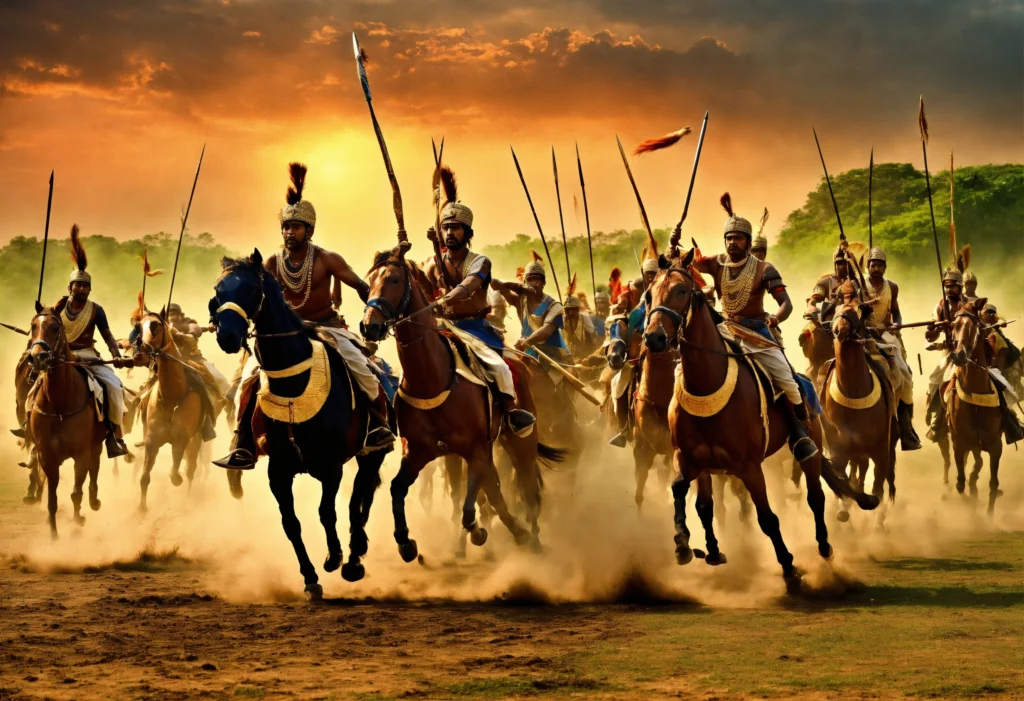
Ashoka’s Rise to Power
When Bindusara died, there was a struggle for the throne among his sons. Ashoka fought and defeated his brothers to become the emperor around 268 BCE. Some records say he had to kill many of his brothers to gain the throne, though the exact number is not clear.
Once Ashoka became king, he started to expand the Maurya Empire and worked hard to make it more powerful and organized. He ruled over almost all of the Indian subcontinent – from present-day Afghanistan in the northwest to Bengal in the east and as far south as Karnataka and Andhra Pradesh.
The Kalinga War – A Turning Point
One of the most important events in Ashoka’s life was the Kalinga War. Kalinga was a kingdom located in present-day Odisha. It was a rich and independent region, and Ashoka wanted to conquer it to expand his empire.
In 261 BCE, Ashoka led his army against Kalinga. It was a bloody and brutal war. According to historical records, around 100,000 people died, and more than 150,000 were taken as prisoners. Thousands of others were left wounded or homeless.
Though Ashoka won the war, he was deeply disturbed by the violence and suffering he had caused. After visiting the battlefield and seeing the pain of the people, he felt guilty and heartbroken. This war completely changed his thinking.
Ashoka’s Transformation
After the Kalinga War, Ashoka decided that he would never again fight a war of conquest. He began to feel that true victory does not come from violence, but from winning people’s hearts with kindness and love.
Ashoka turned to Buddhism, a religion based on peace, compassion, and non-violence. He started studying Buddhist teachings and became a follower of the Dhamma (Dharma), which means the right path or moral duty.
He gave up hunting, stopped animal sacrifices, and began living a simpler and more spiritual life. Ashoka became known as a Dhamma Ashoka, meaning Ashoka the follower of Dharma.
The Dhamma Policy
Ashoka’s new way of ruling was based on the teachings of Buddhism. He did not force Buddhism on others but promoted values like:
- Respect for all life
- Kindness to animals
- Truthfulness
- Charity and generosity
- Respect for elders and teachers
- Religious tolerance
He wanted his people to live in peace and harmony. He believed that a ruler should care for his people like a father cares for his children.
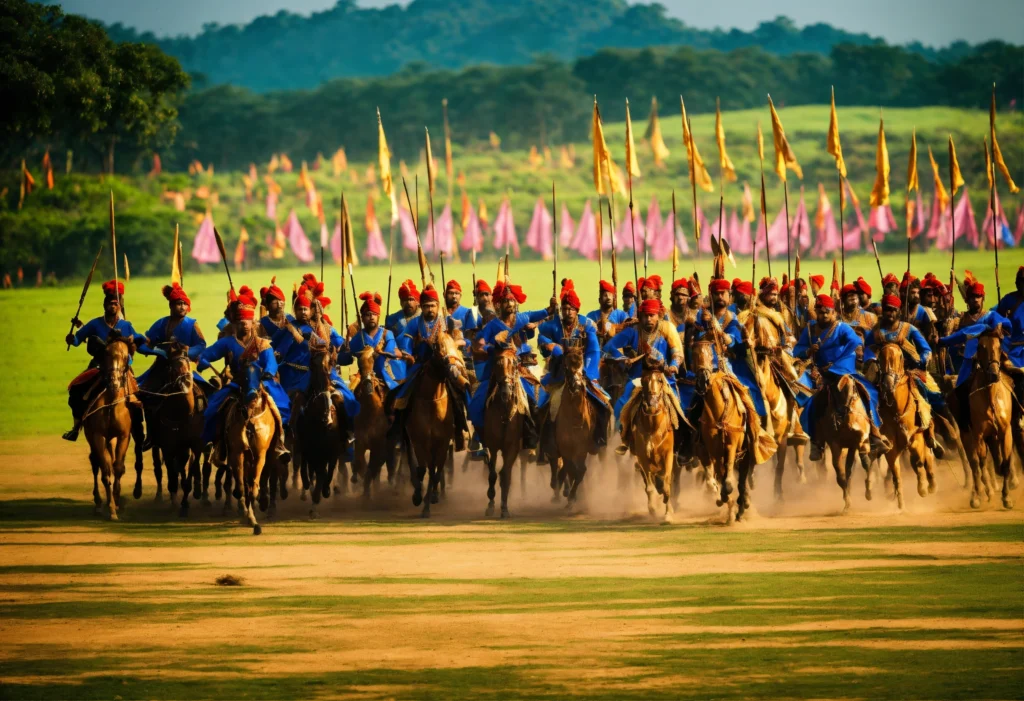
Ashoka’s Inscriptions and Edicts
To share his messages with people across his large empire, Ashoka used rock and pillar inscriptions. These are known as Ashoka’s Edicts. He had them carved in different languages and scripts so that more people could read and understand them.
These edicts were placed on rocks, caves, and tall stone pillars across India, Nepal, Pakistan, and Afghanistan. They told people about the importance of good behavior, compassion, and following the Dhamma.
Some famous Ashokan edicts are located at places like:
- Sanchi (Madhya Pradesh)
- Dhauli (Odisha)
- Girnar (Gujarat)
- Lumbini (Nepal)
- Kandahar (Afghanistan)
Ashoka and Buddhism
Ashoka did not just follow Buddhism; he helped it grow and spread across Asia. He supported Buddhist monks and built many stupas, viharas (monasteries), and temples.
He sent his son Mahinda and daughter Sanghamitta to Sri Lanka to spread Buddhism. They were welcomed by the king of Sri Lanka, and Buddhism became the main religion there.
Ashoka also sent missionaries to places like:
- Myanmar (Burma)
- Thailand
- Egypt
- Greece
Because of Ashoka’s efforts, Buddhism spread far beyond India and became a major world religion.
Ashoka’s Contributions to Society
Ashoka was a great administrator and took many steps to improve the lives of his people. Some of his major contributions include:
1. Healthcare
He built hospitals for both people and animals. He planted medicinal herbs and created rest houses for travelers.
2. Roads and Infrastructure
Ashoka built roads, rest houses, and wells for travelers. This made travel and communication across the empire easier.
3. Justice and Fairness
He appointed special officers called Dhamma Mahamatras, who ensured that people were treated fairly and kindly.
4. Religious Tolerance
Although Ashoka followed Buddhism, he respected all religions. He believed that all religions teach good values, and no one should be forced to change their faith.
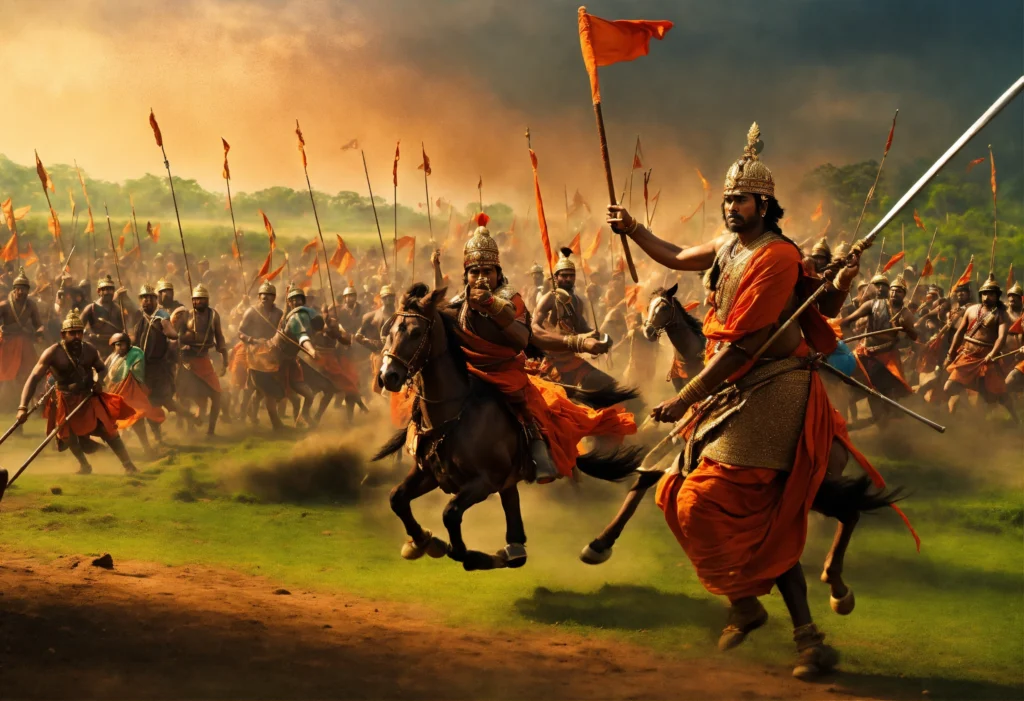
Ashoka’s Legacy
Ashoka ruled for about 40 years, and after his death in 232 BCE, the Maurya Empire began to weaken. However, his ideas and values continued to inspire people for centuries.
He is remembered not just as a powerful king, but as a wise and peaceful emperor who cared for his people. His lion capital, which was placed on top of one of his pillars, is now the national emblem of India. The Ashoka Chakra (wheel), also taken from his pillar, is at the center of the Indian national flag.
Why Ashoka Is Called “The Great”
Ashoka is one of the few rulers in world history who gave up violence and war after becoming emperor. Instead of ruling through fear, he ruled through love, justice, and understanding.
He showed that true greatness does not lie in conquering land but in conquering hearts. His leadership, moral values, and contributions to peace make him worthy of the title “Ashoka the Great.”
Conclusion
The story of Ashoka is truly inspiring. It shows how a fierce warrior became a gentle and just ruler. His decision to embrace peace after the Kalinga War changed not only his life but also the lives of millions.
Ashoka’s ideas about compassion, non-violence, and respect for all living beings are still important today. In a world full of conflict, his message reminds us that love and kindness are stronger than hate and violence.
The life of Ashoka the Great teaches us that real power lies not in weapons, but in wisdom and mercy.
https://sypertimes.com/diversity-of-indiageographical-and-religious/



